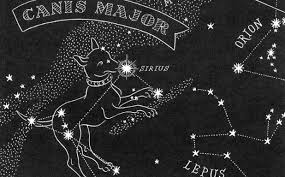 The “dog days of summer” are upon us—those devastatingly hot ones that cause dogs to lie around and pant. The phrase itself has been used for centuries, however, the apparent original meaning has nothing to do with canines being overheated or experiencing “the warmest season of them all.” The “dog days” phrase goes back to the times of the ancient Greeks and Romans and their celestial worship of the star Sirius, also known as the “dog star.” The usage pertained to its position in the sky. The specific time in question is late July and early August, the period when Sirius appears to rise just before the sun. The ancients also knew these days to be the hottest of the year, a time that could bring fever-related illness and other catastrophes. “Dog days” was translated from Latin to English about 500 years ago. Since then, it has taken on new meanings such as a time when our four-legged friends “go crazy” from the heat, and the same could be said from our two-legged brethren as well. In doing some research a few weeks back, I stumbled upon a forgotten period in Frederick’s history when the town had literally, and figuratively, “gone to the dogs.” Fittingly it was this same hot and humid time of year. I take you back to the turn of the 20th century and am pleased to introduce William Henry Hopwood, better known around town as “Billy” Hopwood. Saying Billy Hopwood was a colorful character is certainly an understatement! He had plenty of personality, and one of the worst jobs in town. Beloved by some, hated my many, his job was dangerous and depressing—but somebody had to do it.  The Dogcatcher There have been dogcatchers in the United States since the 18th century, perhaps even earlier. One of their job duties was to pick up dogs that appeared to be rabid or vicious. The public greatly appreciated this service, but it was a difficult and often dangerous profession. As the 20th century neared, and the United States became more urban, it became less accepted for dogs to have free run of cities and towns alike. Frederick, Maryland was no exception. On July 1st, 1886, a “Dog Law” went into effect for the first time here. Apparently, the new law was strictly enforced those first few years, however things went south by the end of the decade. Several articles and letters to the editor appeared in the local paper in the early 1890’s challenging (then) Frederick’s Mayor Derr and the Board of Alderman for non-enforcement of the “Dog Law.” July 1st, 1893 involved a reinvigorated effort by the municipality to tackle its stray pet problem. At this point, a somewhat softer approach (as opposed to outright capture and killing) was employed. Dogcatchers began picking up stray and “non-registered” dogs that were on the loose. These were taken to the local repository (dog pound) where they were euthanized if not picked up within a prescribed number of days. Unfortunately, the first captured animal of the season suffered an accidental death which led to more unwanted media coverage. As more and more pets were picked up and taken to the pound, dogcatchers became less popular.
 Library Of Congress photo of a Washington DC dogcatcher at work (1932) Library Of Congress photo of a Washington DC dogcatcher at work (1932) Economics was surely at play as dogcatchers were poorly paid. This led to some of these men acting in unscrupulous ways, such as taking dogs from the stoops of their own homes. Sometimes they lifted them from open windows. This type of behavior led to the satirical portrayals often played out in cartoons and movies over the last century. Today, it’s a completely different story. The people who perform this function now have a much more descriptive, and honorable title: Animal Control Officers. These are the fine folks who rescue abandoned, lost, abused, and neglected animals. They work in shelters that provide care, rehabilitate, and find homes for the animals brought in. 1914 When it came to pets being “on the lam,” 1913 was quite eventful here in Frederick, prompting action for the following summer. A new “Dog Law” ordinance went into effect in June, 1914 to help curb a rash of hydrophobia cases—better known as rabies. The action was deemed as necessary by some, and controversial by others. Regardless, at 10:30am, on June 19th, 1914, 67 year-old Ephraim Eyler was sworn into duty as Frederick’s first official dog catcher. Prior to this, a myriad of municipal police officers performed the task, along with hired hands. Mr. Eyler grew up on a Woodsboro farm. He eventually moved to Frederick and took up residence on Carroll Street. In addition to agricultural pursuits, he had formerly worked at the bottling company of J. C. Lipps on W. Patrick Street. It was here in 1894, that Eyler was severely injured by a bolt of lightning that apparently struck outside the workplace and reached the washing trough through open windows. He rebounded from that injury with no problems. The year 1912, however, would bring Ephraim some major challenges. In August, he was almost crushed by falling milk cans at his job at the White Cross Milk Company. A month later, he received a “severe thrashing” from a crook trying to break into his house. In October, Ephraim sued for divorce from first wife, Mattie. After surviving all that, why not take on the job of Frederick’s dogcatcher, right? How could life get any worse? Well...it did. Talk about a comedy of errors, the next three months would be agonizing for Mr. Eyler to say the least. Newspaper articles paint a colorful picture of what Frederick’s new dogcatcher encountered. It’s no surprise that Ephraim Eyler quit his post in late September, 1914. He made it past the traditional 90-day probationary period, but not with flying colors. Ephraim went back to his old profession at a bottling plant, a much safer choice even if you have to occasionally dodge kegs or suffer the "after effects" from lightning strikes. Eyler's "right hand man" was City Hall janitor William Henry “Billy” Hopwood, who resided in Market Place, located directly behind the old municipal headquarters. Mayor Lewis Fraley quickly awarded Hopwood the job. Billy Hopwood was “tailor-made” for the local papers, even better than Ephraim Eyler. The father of five was born in Frederick on May 19th, 1870, the son of James Warner Hopwood and Christiana Baltzey. Before landing his janitorial job at City Hall, Billy did odd jobs around town. One such included distributing pharmaceutical samples to local businesses back in 1903. In December, 1913, Billy lost his wife Maggie (Long) to heart disease. Her obituary states that her husband was a former desk sergeant for the Frederick City police. This was a temporary position held in late summer of that year, but one that must have left a favorable impression with Frederick's town fathers of the time. Billy Hopwood had to provide for his family. He relished his new position as dogcatcher and local pet owners and their beasts were soon put on notice. He could be viewed as a maverick of sorts, at least in the "pet-wrangling" arena. Cats presented a new challenge. Hopwood was perfect fodder for the local papers. The dog catcher stereotype, combined with Ephraim Eyler’s former performance, set Billy up for immediate ridicule. He seemed to take it in stride however, and rolled with any and all hard knocks encountered. Like a true, "love/hate" relationship, Hopwood usually took heat from the mayor. Billy waged war on stray cats and built a homemade dog pound adjacent the town’s light/power facility, then located on East Street. Best of all, Billy Hopwood seemed to bask in the limelight, he had fast become a local celebrity of sorts. I marveled at the countless stories found in local newspapers of the day. Every Dog has its Day Billy Hopwood’s reign of terror lasted for nearly a decade. He was briefly fired in 1917 after appearing for work drunk and bleeding profusely from his face after a fall down the steps. All this while he refused to leave the scene of a public meeting of the mayor and Board of Alderman. City Hall Janitor Charles J. Riddlemoser was apparently given the dog catcher job, but didn’t last long. Hopwood would eventually be re-instated. Everything seemed to be going well for Billy, business was good. The "Roaring Twenties" seemed to be going smoothly, and Billy now had better equipment to work with, the support of his bosses and an improved new pound facility. A local chapter of the Society for Protection Against Cruelty to Animals was established. This group was responsible for creating clean water receptacles for pets at different points in the city. They now took charge of the animals captured by Billy Hopwood at a shelter located on E. Patrick Street extended. Best of all, the prevalence of rabid or stray dogs severely decreased. Life was relatively good for our friend, Mr. Hopwood. That is until the morning of April 5th, 1928. It would not be a nice one for the city dogcatcher. Chalk one up for man’s best friend.
On Friday, October 25th, 1929, Billy Hopwood was in his daily act of walking to work from his home located at 109 W. South Street. As the dogcatcher crossed S. Market Street at the aptly named Francis Scott Key Bridge over Carroll Creek, he, himself was struck by a speeding motorist named Harry V. Ripperger. Mr. Ripperger was visiting Frederick from his home in Michigan, possibly scoping out opening one of his popular chain of Regal Sandwich Shoppes, made famous in western Ohio. I guess one could call that day "Black Friday" as it was within the terrible week of the Great Stock Market Crash of 1929 which began on October 24th ("Black Thursday") and concluded on October 29th ("Black Tuesday"). The tragic story was even picked up by the Baltimore Sun newspaper. William “Billy” Hopwood was buried the next day (October 26th) in Mount Olivet’s Area L/Lot 237. Today, dogs, tagged and on leashes, pass within feet of Billy Hopwood’s grave each and every day. in Mount Olivet also features a special burial-ground section known as the Faithful Friends Pet Cemetery. This was opened in 2015 and is located in the rear of the cemetery, behind the mausoleum complex. An interesting connection, and aside, relating to Mount Olivet can be made to Hopwood’s predecessor, Ephraim Eyler. After his tumultuous tenure as dog catcher, Eyler went to work for a local beer bottling plant but returned to work for the City of Frederick in the official capacity of "City Street Sweeper." In August, 1918, Eyler was hit by a car…perhaps he was hexed by a local canine. Mr. Eyler, however, received only minor injuries from the accident. Ephraim Eyler died in late May, 1932 at Frederick’s Montevue Home for the Aged. He was buried in the potter’s field adjacent the long-gone facility. Eyler’s ex-wife, Mattie Mae Wiles (1874-1956), remarried a gentleman named George E. Buesing and is buried here at Mount Olivet, along with the couple’s daughter Mary Ellen Eyler (1891-1973). Mattie married Mr. Buesing in March, 1916. Within two months, she had been widowed as her new husband committed suicide by cutting his throat while in the act of shaving. Mattie's gravesite is located in Area X /Lot 118. From Dogs to Doughboys Also of interest, one can find the final resting spot of Ephraim and Mattie’s son Benjamin Franklin Eyler (b. 7/17/1896) here in Mount Olivet. Benjamin joined the Maryland National Guard and would take part in World War I. He was promoted to the rank of corporal and shipped overseas to Europe in June, 1918 as part of the famed Company A of the 115th Infantry Regiment. While on the front in France’s Center Sector, Benjamin F. Eyler contracted pneumonia in the horrid conditions associated with trench warfare. He would be hospitalized on October 3rd and languished for two weeks before succumbing to the disease on October 18th, 1918. Eyler was originally buried overseas, but was brought back home and re-interred in Mount Olivet Area Q/Lot 266 on June 19th, 1921. To learn more about the nearly 500 World War I veterans buried in Mount Olivet, go to our companion website: www.MountOlivetVets.com
7 Comments
Carol Runion
8/15/2018 11:31:19 am
Nicely handled and balanced views, thanks for a great story.
Reply
Joel Eyler
8/17/2018 02:18:48 pm
Really interesting article. Ephraim Eyler was my Great Grandfather. John Eyler Sr was my grandfather who died in 1932 when my father (John W. Eyler jr) was only 12 so I never had the chance to meet either one of them. No one would mention Ephraim.
Reply
shane shanholtz
8/17/2018 08:45:28 pm
another great read ,thanks
Reply
8/10/2019 04:25:27 pm
Thank you for posting this very informative article. I have been trying to determine when large, flat concrete gravestones were first used in New Orleans cemeteries. I have found two for 1905 burials but I don't know if the stones were laid at the time of burial. They are slab-like with small marble name plaques attached. Have you run across any similar gravestones in your New Orleans research?
Reply
9/24/2020 03:17:57 am
I appreciate what you folks are up as well. This sort of shrewd work and inclusion! Keep up the extraordinary works folks I've added you folks to my own blogroll.
Reply
12/25/2023 02:16:54 pm
Hi my friend! I want to say that this article is amazing, great written and include almost all vital infos. I would like to see extra posts like this.
Reply
12/27/2023 11:52:45 am
I appreciate, cause I found exactly what I was looking for. You’ve ended my four day long hunt! God Bless you man. Have a great day.
Reply
Leave a Reply. |
STORIES
|
Archives
July 2024
June 2024
May 2024
April 2024
March 2024
February 2024
January 2024
December 2023
November 2023
September 2023
August 2023
July 2023
June 2023
May 2023
April 2023
March 2023
February 2023
January 2023
December 2022
November 2022
October 2022
September 2022
August 2022
July 2022
June 2022
May 2022
April 2022
March 2022
February 2022
January 2022
December 2021
November 2021
October 2021
September 2021
August 2021
July 2021
June 2021
May 2021
April 2021
March 2021
February 2021
January 2021
December 2020
November 2020
October 2020
September 2020
August 2020
July 2020
June 2020
May 2020
April 2020
March 2020
February 2020
January 2020
December 2019
November 2019
October 2019
September 2019
August 2019
July 2019
June 2019
May 2019
April 2019
March 2019
February 2019
January 2019
December 2018
November 2018
October 2018
September 2018
August 2018
July 2018
June 2018
May 2018
April 2018
March 2018
February 2018
January 2018
December 2017
November 2017
October 2017
September 2017
August 2017
July 2017
June 2017
May 2017
April 2017
March 2017
February 2017
January 2017
December 2016
November 2016


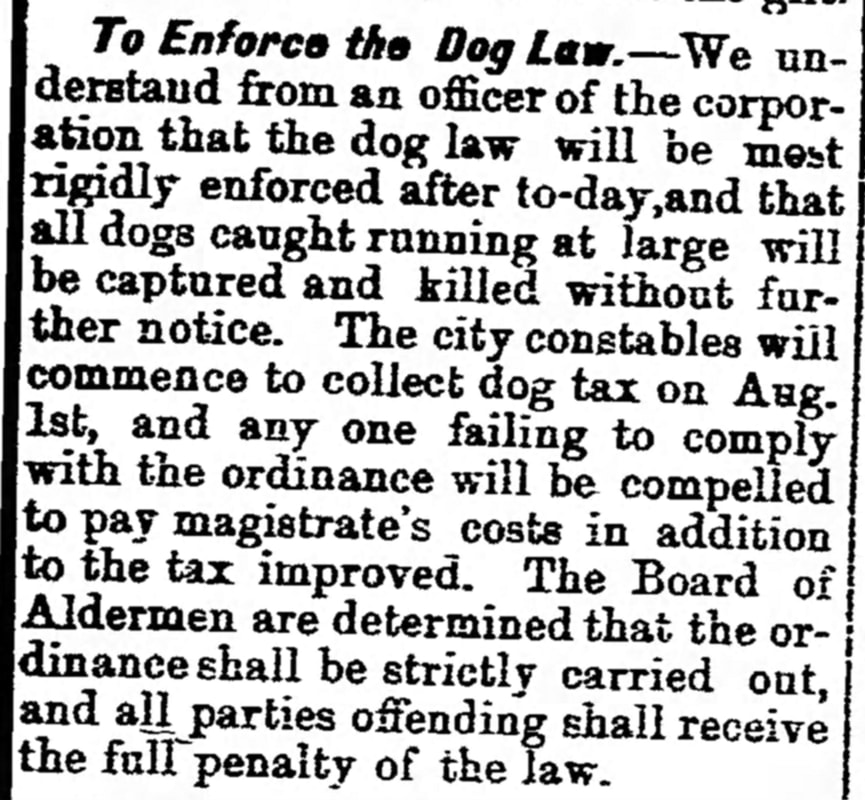



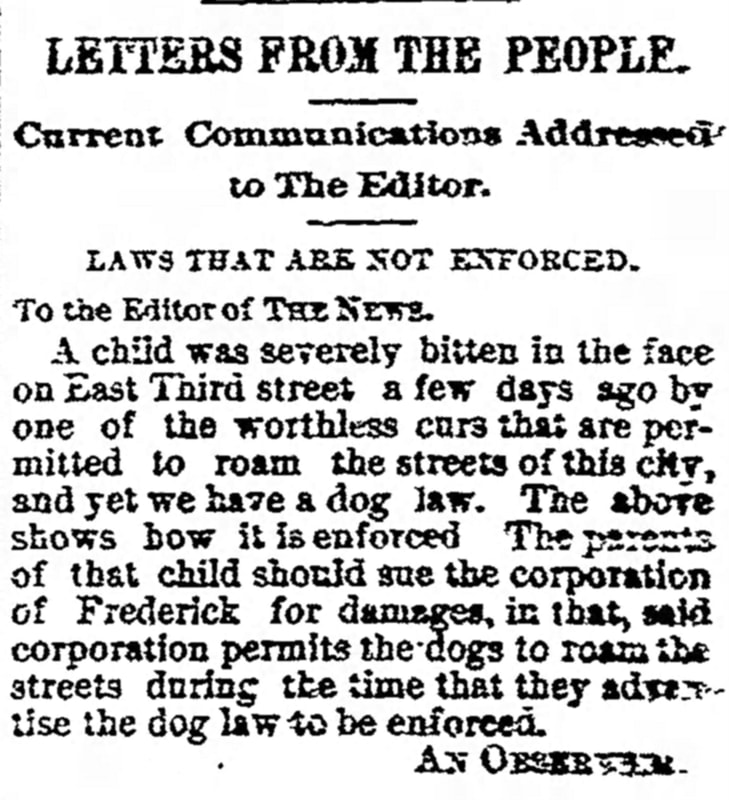
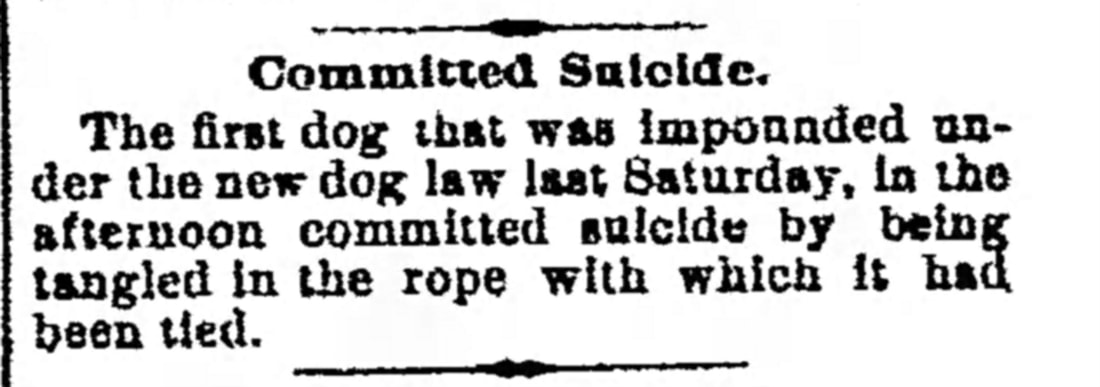

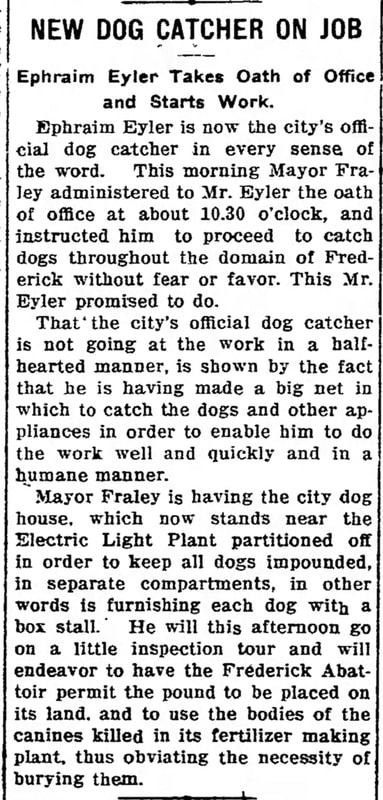









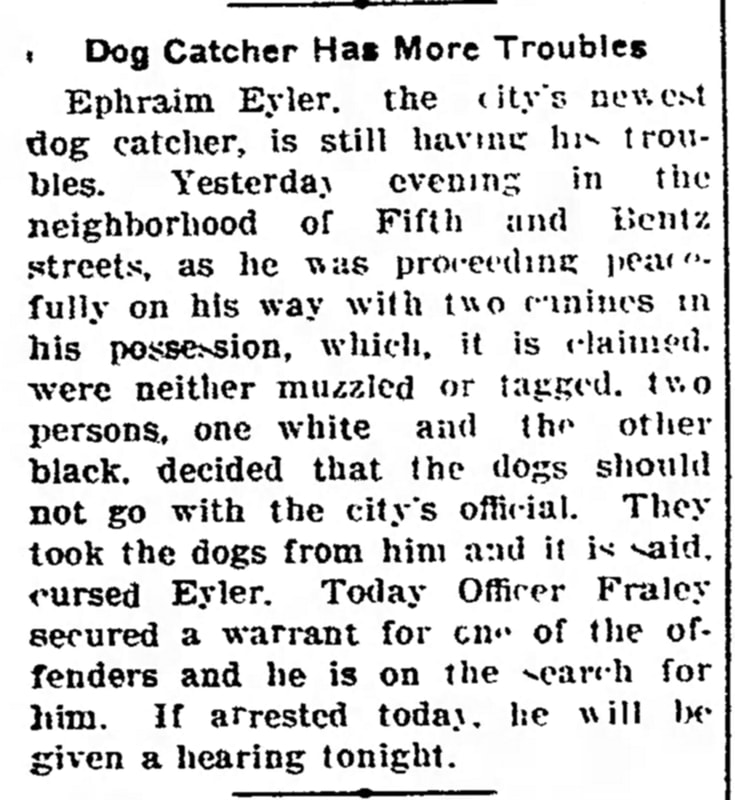
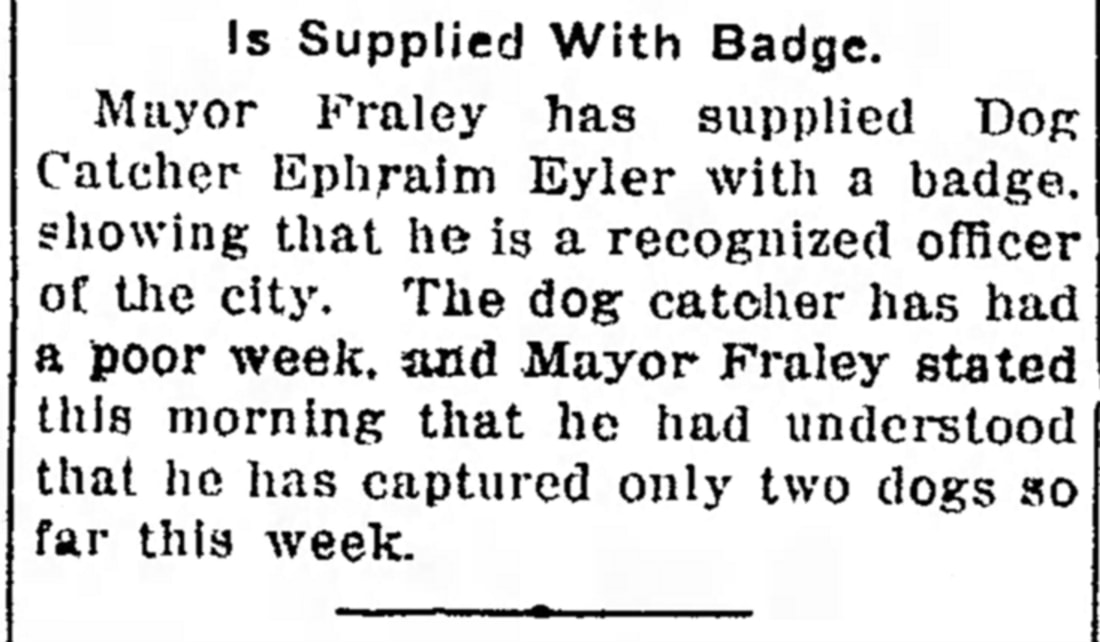






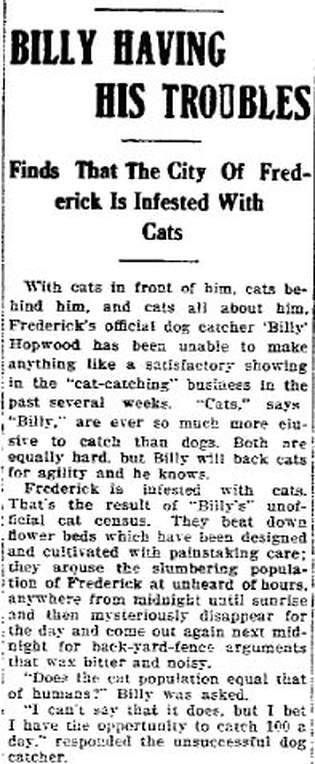






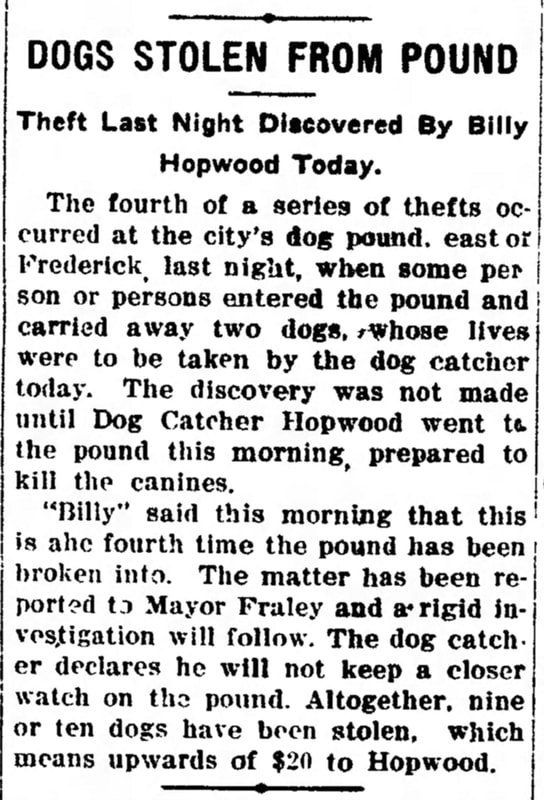



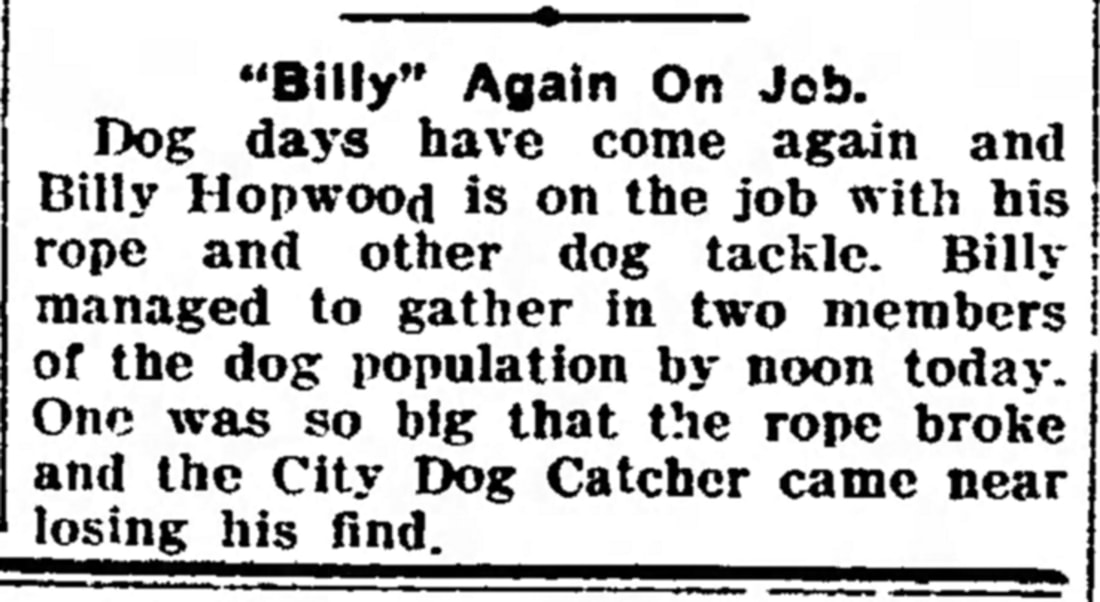

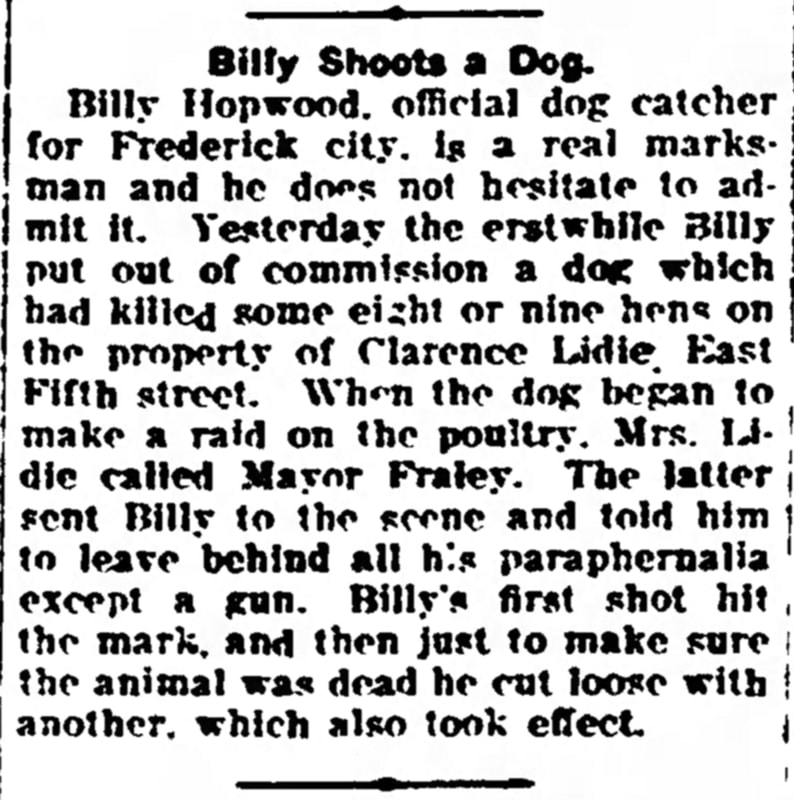

























 RSS Feed
RSS Feed